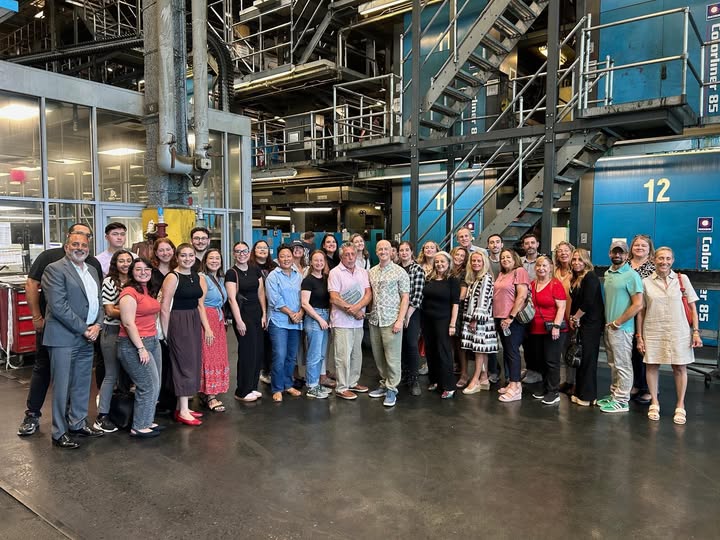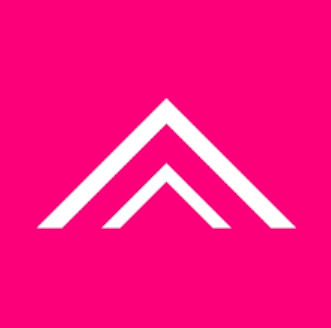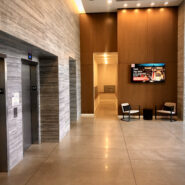Branding Yourself on LinkedIn
Throughout many of my classes, the majority of the teachers have been strong in pushing the professional use of social media. Facebook and Twitter are easy for us to use because they cross with our personal social lives. We know how to use them because we are on them all the time any way. One tool that I think slips a lot of our minds is LinkedIn, the world’s largest professional network. The purpose of LinkedIn is for us to broadcast our professional experience to connect with colleagues, teachers, mentors, and potential employers. If used correctly, LinkedIn can be a great tool for connecting to people in our industries as well as finding and acquiring jobs. So, how can someone use LinkedIn effectively? Here are just a few tips that I’ve found through my own research and experience using the site.
Framework
The first thing you should look at when trying to be effective on LinkedIn is the basic elements when setting up your profile.
- First off you’re going to want to set up your public profile URL. When you’re first given a URL it looks like this: www.linkedin.com/pub/your-name/30/75/603. To create your public profile URL, go to Profile > Edit Profile > then look in the area underneath your picture to locate your LinkedIn assigned URL. To the right of the URL find and click on the word ‘edit’ (in blue). A new page will open. Look for the words ‘Customize your public profile URL’ (in blue) on the right side of the page. Type in your name and click save. Since not all of us have unique enough names, including myself, we may have to consider adding a middle initial or character if our name is not available.
- Customize your job title which is the headline underneath of your profile photo. You’ll want this to be something that says straight forward who you are and what you do. Be specific. For instance, Advertising Student at Temple University, or if you have an internship, Graphic Design Intern at (Insert Company Here).
- With your fancy new headline underneath your photo, you’ll want the perfect professional photo to match. Make sure it’s something clean and simple to show future employers that you’re fit for the professional atmosphere. The most common tips for a photo are a head shot with a pleasant expression on your face, appropriate clothing, and a simple or plain background.
- Write an intriguing Background story that is concise and typo-free. You’ll want to present an introduction to yourself that grabs the readers attention without needing to be too long. You’ll want to explain to people who you are and what you do without providing too much detail at the risk of boring the reader.
Utilization of LinkedIn Tools.
- You’re going to want to list your experience and accomplishments right off the bat. This is what potential employers are mainly looking for. They want to see where you’ve been, what work you’ve done, and how that could help their company if you worked for them. Be specific here on your roles and responsibilities for each company you’ve worked for. You should also connect your company’s LinkedIn profile to your experience listing so that employers can be directed to their page so they can see what that company was about.
- As you list your experience, you’ll be able to ask for recommendations from past colleagues, managers, and bosses pertaining to each job. These are a huge asset for when employers are looking at your page because they can show that you have worked hard for other companies, so much so that a recommendation could be provided on your behalf. Under ‘Profile’ in the LinkedIn navigation bar, click on ‘Recommendations’. This will take you to the area where you can request a recommendation. You will also manage and approve your recommendations through this area.You then choose the role you’d like to be recommended for, the name of the connection you would like a recommendation from along with a place to create your request.
- A pretty straight forward tool on LinkedIn that you’ll want to use is connecting with others. You’ll want to connect with people who you know from school, work, and your personal life. Then you can begin connecting with people in the industry who maybe have many connections to you. But be wary of complete strangers, you won’t want to be linking in with people just to link in with them because that shows a commercial use of LinkedIn instead of professionally. However, if you do have a reason for connecting in with someone you don’t know personally, if you want to do business or get to know them and what they do, write in a personal message telling them why you want to add them and how you know them or of them.
- Keep an updated list of your skills and expertise so that people can see what technical qualities you can bring to their company. Make sure you list any programs or software you know, and any business skills you have to add to the team. This tool also has a part connected to it where you can have people endorse you and you can endorse them, proving your credibility through colleagues and past employees.
- Last but not least, I recommend following companies, news sources, and industry pages, and share the information they provide. These are easy ways to stay engaged on your connection’s news feeds as well as prove that you’re active in the industry and talking about what’s going on.
These are just a few tips for your LinkedIn pages. There are plenty of other tools and tricks you can find if you just take the time to play around on the site or research how people are using it. Dedicate some time to updating your page, or creating one if you haven’t gotten around to it yet. LinkedIn is an important social media tool that shouldn’t be forgotten because you never know if you’ll find yourself a job!






